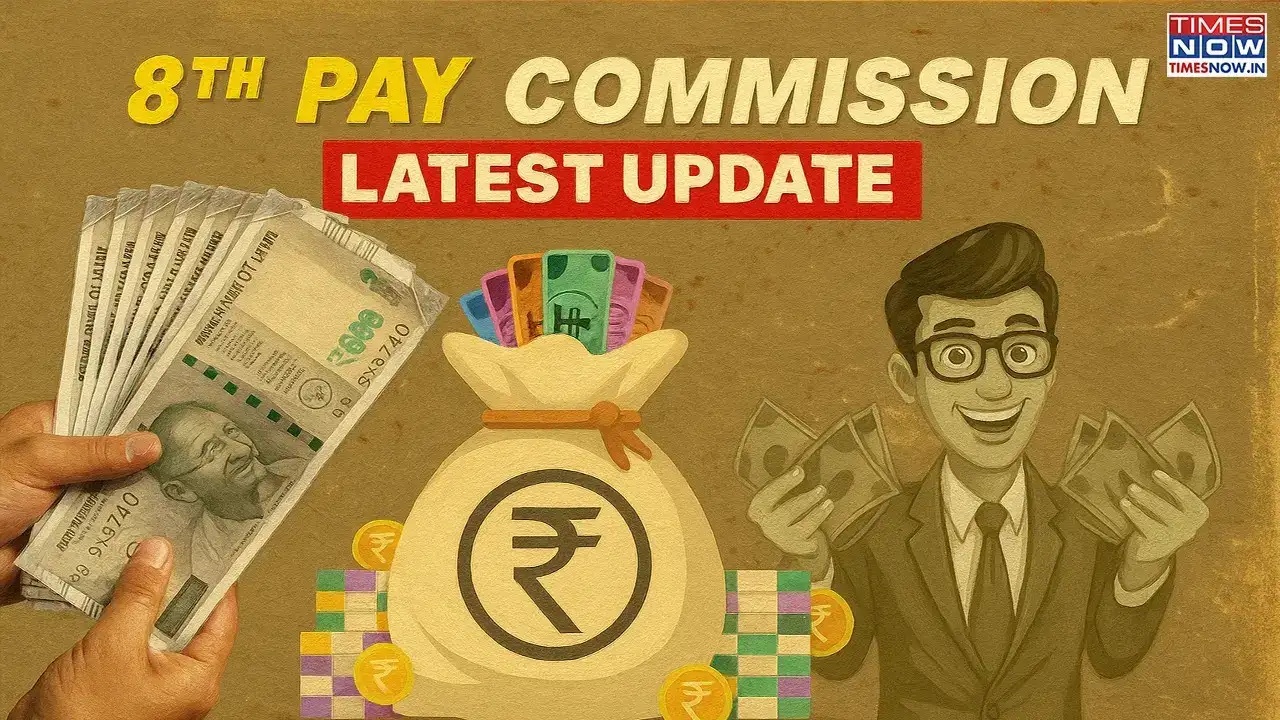
Salary Hike Projections and Fitment Factor Adjustments
Recent analyses from financial institutions suggest that the 8th Pay Commission may propose a modest 13% salary increase for central government employees, marking a decline from the 14.3% hike awarded during the 7th Pay Commission. This projection, outlined in a report by Kotak Institutional Equities, highlights the potential shift in compensation frameworks. The core of this adjustment lies in the fitment factor, a critical metric for calculating basic pay. The report anticipates a fitment factor of 1.8 for the 8th Pay Commission, a significant drop from the 2.57 used previously. While this factor could elevate basic pay from Rs 18,000 to approximately Rs 32,000, the overall salary growth remains constrained due to the reset of dearness allowance (DA) to zero under the new structure.
Impact on Salary Structures and Employee Reactions
The proposed changes could substantially alter the salary landscape for central government employees. For instance, an employee earning Rs 50,000 in basic salary might see their total income rise to around Rs 90,000 after adjustments. However, with the existing DA of Rs 27,500, the effective salary increase would amount to only Rs 12,500, pushing the total from Rs 77,500 to Rs 90,000. Experts caution that while the nominal basic pay increase appears significant, the actual benefit hinges on the implementation of the new DA framework. Employee unions have expressed concerns, demanding a fitment factor comparable to the 7th Pay Commission’s 2.57. Despite these calls, early indicators suggest the government may opt for a lower factor, raising questions about the fairness of the proposed adjustments.
Implementation Timeline and Broader Implications
The formal establishment of the 8th Pay Commission is expected to occur in the coming months, with its recommendations likely to be enacted by 2026. As the commission prepares to finalize its proposals, central government employees await further clarity on their salary adjustments amid rising living costs. The proposed changes could have far-reaching effects on public sector finances and employee morale. Critics argue that the reduced hike may not adequately address inflationary pressures, potentially exacerbating financial strain on a large workforce. Meanwhile, the government faces pressure to balance fiscal responsibility with the need to maintain competitive compensation for public servants. The final recommendations will likely spark further debate, particularly regarding the equitable distribution of resources across different sectors of the public workforce.
Comparative Analysis and Policy Context
The projected 13% salary hike contrasts sharply with the 14.3% increase from the 7th Pay Commission, raising questions about the sustainability of such adjustments. Analysts suggest that the lower growth rate reflects broader economic constraints, including inflationary pressures and fiscal discipline measures. The reset of dearness allowance to zero under the new structure is a pivotal aspect of the reform, aiming to stabilize the pay structure while managing public expenditure. However, this approach may leave employees vulnerable to the full brunt of inflation, as the DA component is typically a crucial buffer against rising living costs. The decision underscores the delicate balance between fiscal responsibility and the need to ensure fair compensation for government employees in an evolving economic landscape.
Union Demands and Policy Challenges
Employee unions have consistently called for a fitment factor that aligns with the 7th Pay Commission’s standards, emphasizing the importance of maintaining purchasing power for public sector workers. The National Council-Joint Consultative Machinery (JCM) represents a key voice in these negotiations, advocating for equitable treatment of central government employees and pensioners. Despite these demands, the government’s inclination toward a lower fitment factor has sparked concerns about the long-term implications for employee welfare. The proposed changes may also face scrutiny from policymakers who must weigh the financial implications against the need to retain skilled personnel. As the 8th Pay Commission moves closer to its final recommendations, the outcome will likely shape the trajectory of public sector compensation for years to come.




